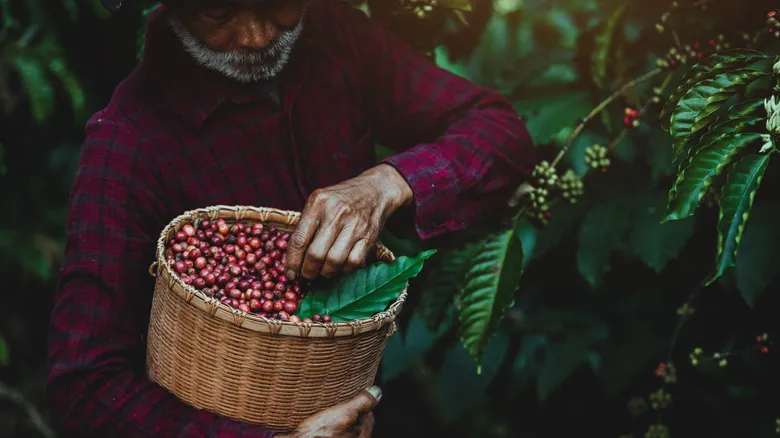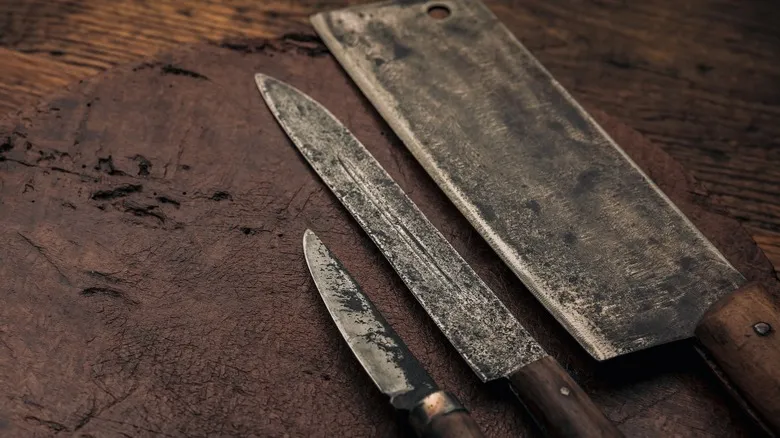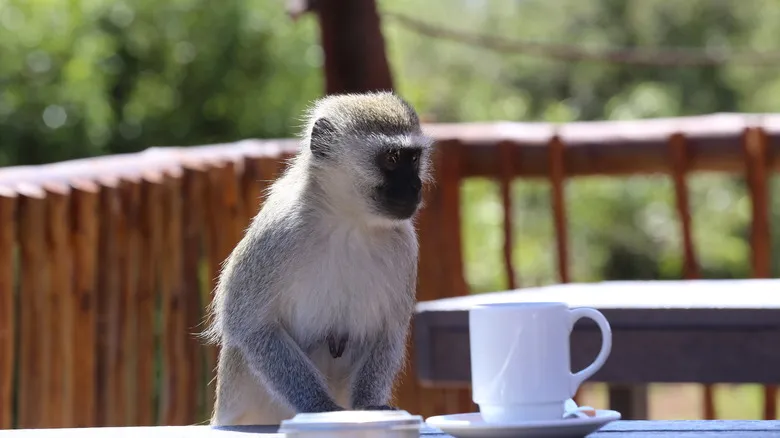Making monkey coffee and how to drink it

Monkey parchment coffee is sourced from coffee farms in India and Taiwan, often situated near forests where monkeys indulge in the coffee plants. While these creatures were once considered pests, perceptions shifted in the early 2000s when farmers started collecting the chewed coffee beans and selling them.
Formosan and rhesus monkeys are particularly attracted to ripe coffee cherries, which they chew and then spit out. It is believed that the monkeys instinctively select the best cherries. Workers gather these ripe, chewed beans, wash, and process them. Once dried, the beans take on a greyish tint, distinguishing them from the green coffee beans most people recognize. After drying, they can be roasted just like any other coffee beans.
What sets monkey coffee apart is that the enzymes in the monkeys' saliva break down the ripe beans, resulting in a sweeter and more complex flavor profile. This unique process imparts natural notes of vanilla, citrus, and chocolate. If you’re fortunate enough to find monkey coffee, it’s essential to learn how to properly enjoy it. Instead of using a standard drip machine, opt for a French press or moka pot to brew a richer, more flavorful cup that truly highlights these exceptional beans.
Buying and storing monkey coffee

Monkey parchment coffee is rare and hard to find due to its unpredictable yield, limited number of specialized farms, and the small quantities they can harvest (often less than 100 pounds). Environmental factors can further reduce supply, making it a challenge for many to acquire a bag. While some online retailers may occasionally stock monkey parchment coffee, consistently purchasing it outside of India and Taiwan can be difficult due to its scarcity.
Like all coffee varieties, proper storage of monkey coffee is crucial once you have it. Avoid keeping it in the original bag, as this can expose the beans to air and temperature fluctuations, leading to a loss of flavor. Instead, store your beans in an airtight container in a cool, dry location. If your coffee comes in a resealable bag with a vent, it can be stored as is, as these bags are designed to maintain freshness.
However, never refrigerate or freeze monkey coffee, as the beans are sensitive to humidity and moisture. If your coffee isn't in a stay-fresh bag, consider investing in a ceramic or metal container with a vacuum-sealing lid to keep the beans fresh. You certainly want to preserve the unique flavor of these exceptional beans.
Recommended

The Best Keurig Machines On The Market, According To Reviews

The Golden Rule For Adding Rum To Coffee

Freeze Whipped Cream For The Ultimate Coffee Topping

How A Coffee Patina Can Easily Protect Your Knives
Next up

